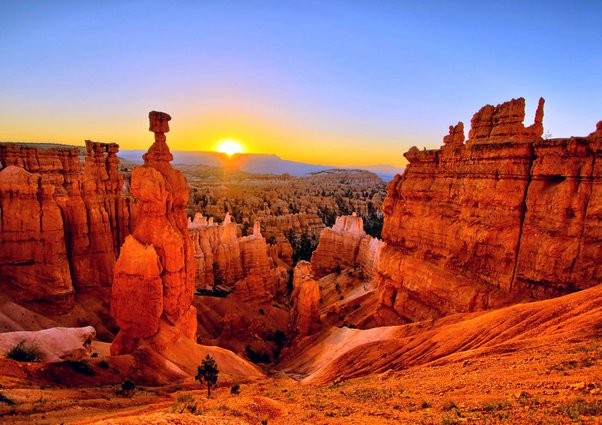The volcanic archipelago we realize while the Galapagos Islands is situated almost 1,000kms down the shore of Ecuador, in South America, spread around both sides of the Equator. With a landscape of serious range and good beauty, the geology and organic record with this amazing place are of enduring interest Geology and Mineral Resources of Nigeria.
in South America, spread around both sides of the Equator. With a landscape of serious range and good beauty, the geology and organic record with this amazing place are of enduring interest Geology and Mineral Resources of Nigeria.
For folks who arrive at the hawaiian islands on a Galapagos holiday, along with the endemic wildlife, the exciting story of how they got to create is what gives it this kind of distinctive appeal.
The location is found right on the Nazca tectonic menu, so is in a consistent state of movement. Anywhere from 3-10 million years ago (relatively new in the history of the universe) the archipelago was formed by constant volcanic eruptions while the tectonic menu (which is area of the Earth’s crust) transferred around particularly warm aspects of the Earth’s main key – the “mantle” ;.
(This is different to land-based pile stages that arise when two tectonic plates collide.) Following recurring eruptions in exactly the same spot around an incredible number of years, the volcanic planet was forced through the outer lining of the sea to create the hawaiian islands of the archipelago.
Since this recurring volcanic action happened around a few millennia, a few of the islands in the chain are considerably avove the age of others. Espanola and San Cristobal on the western area, as an example, appeared a few an incredible number of years before the western islands of Fernandina and Isabela, which are likely a couple of hundred thousand years old.
There is however key volcanic task in the region and the landscape is dynamic. There has been as much as 50 eruptions in the past two generations, making new land formations and, more worryingly, posing a threat to the success of the fine environment of the archipelago.
Geologically, all the hawaiian islands in the chain are exactly the same – formed as just one volcano – except for the greatest, Isabela, which can be made up of six merged volcanoes. They are characteristically cone-shaped, with countless high mountains produced by the adding action of constant and maintained volcanic eruptions. There is an enormous range in the heights of the hawaiian islands, with some as much as 5,000m above beach stage and the others less than several metres.
As a result of continuing eruptions, the landscape is dotted with lava fields, where molten lava has fallen and cooled. Additionally, there are countless lava pipes operating beneath the outer lining of the landscape. These undercover tunnels when moved lava from strong in the Earth’s key, but today can be explored without any danger.
In stark distinction, in addition to the lunar-like lava fields and extraordinary volcanic peaks, the hawaiian islands are characterised by their idyllic sandy bays and beaches, which are covered by the distinct seas of the Pacific Ocean.
Understanding the story behind their development is a vital section of increasing a deeper understanding and appreciation with this strangely lovely archipelago. For anyone planning to travel here on a Galapagos holiday, delving to the amazing realms of the region’s geology may function to make the knowledge even more fulfilling.
For anyone having an interest in organic record, the band of islands collectively known as the Galapagos Archipelago is one of the very most amazing areas on the planet. The place is well-known because of its distinctive wildlife and the essential role it played in naturalist Charles Darwin’s study, where he created his progressive Idea of Evolution.
the band of islands collectively known as the Galapagos Archipelago is one of the very most amazing areas on the planet. The place is well-known because of its distinctive wildlife and the essential role it played in naturalist Charles Darwin’s study, where he created his progressive Idea of Evolution.
While nearly all visitors on guided Galapagos vacations occur to have a close experience with the renowned wildlife, learning a little of the area’s geologic record may enrich the ability actually beyond expectation.
The most typical means for an archipelago to create is through constant volcanic activity. (They can also form from continental islands, due to erosion or evaporation of water.) Volcanic archipelagos can form in the sea and in streams or seas while they erupt on beneath the outer lining of the water. When oceanic, the resulting land people are known as an “area arc” ;.In many cases this types consequently of a “warm spot”, by which elements of the Earth’s crust (tectonic plates) regularly shift and produce friction.
Wherever two tectonic plates meet and produce a hot spot, magma (red-hot molten rock) may force through the ocean ground to generate an marine volcano. As tectonic plates continue to shift on the spot, the constant eruptions trigger lava to produce and up around an incredible number of years till they appear from the outer lining of the sea to generate an island.
In some instances, task ceases when the tectonic menu ultimately actions from the warm spot. However in the others, as an example in Hawaii and Japan, the area chains continue to evolve, with many of the volcanoes however productive today.
